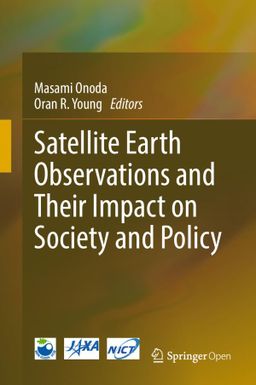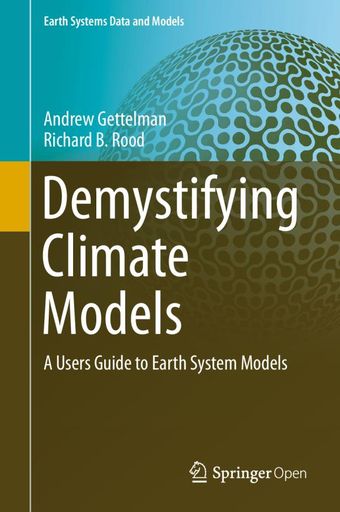Satellite Earth Observations and Their Impact on Society and Policy
- Description:
- Large-scale environmental problems have become prominent byproducts of the interactions between human activities and the biophysical settings in which they occur. Some of these problems, such as the destruction of tropical forests, arise in areas within the jurisdiction of individual states but have consequences (e.g., biodiversity loss, climate change) that are regional to global in scope. Other problems, including the seasonal thinning of the stratospheric ozone layer, occur in areas that lie beyond the jurisdiction of nation states. Still others, like marine dead zones, originate in areas within the jurisdiction of individual states but can spread and have impacts on areas outside these jurisdictional boundaries. In all these cases, efforts to come to terms with the relevant problems require international (often global) responses that call for transboundary cooperation and, more often than not, eventuate in the development of regulatory arrangements designed to limit or even prohibit the human actions that give rise to the problems.
- Display date:
- 2017
- Collections:
- Secretariat of the Pacific Regional Environment Programme (SPREP)
- Publisher:
- Springer Singapore
- Content partner:
- Secretariat of the Pacific Regional Environment Programme (SPREP)
- Availability:
- Not specified
-
Copyright status: All rights reservedFind out more about what you are able to do with this itemThis item is all rights reserved, with means you'll have to get permission from Secretariat of the Pacific Regional Environment Programme (SPREP) before using it. For more information, please see our use and reuse page.What can I do with this item?Non-infringing useNZ copyright law does not prevent every use of a copyright work, and this item may be hosted by an international institute or organisation. You should consider what you can and cannot do with a copyright work.No sharingYou may not copy and/or share this item with others without further permission. This includes posting it on your blog, using it in a presentation, or any other public use.No modifyingYou are not allowed to adapt or remix this item into any other works.No commercial useYou may not use this item commercially.
Related items
Welcome and warm Pasifik greetings
The information on this site has been gathered from our content partners.
The names, terms, and labels that we present on the site may contain images or voices of deceased persons and may also reflect the bias, norms, and perspective of the period of time in which they were created. We accept that these may not be appropriate today.
If you have any concerns or questions about an item, please contact us.



